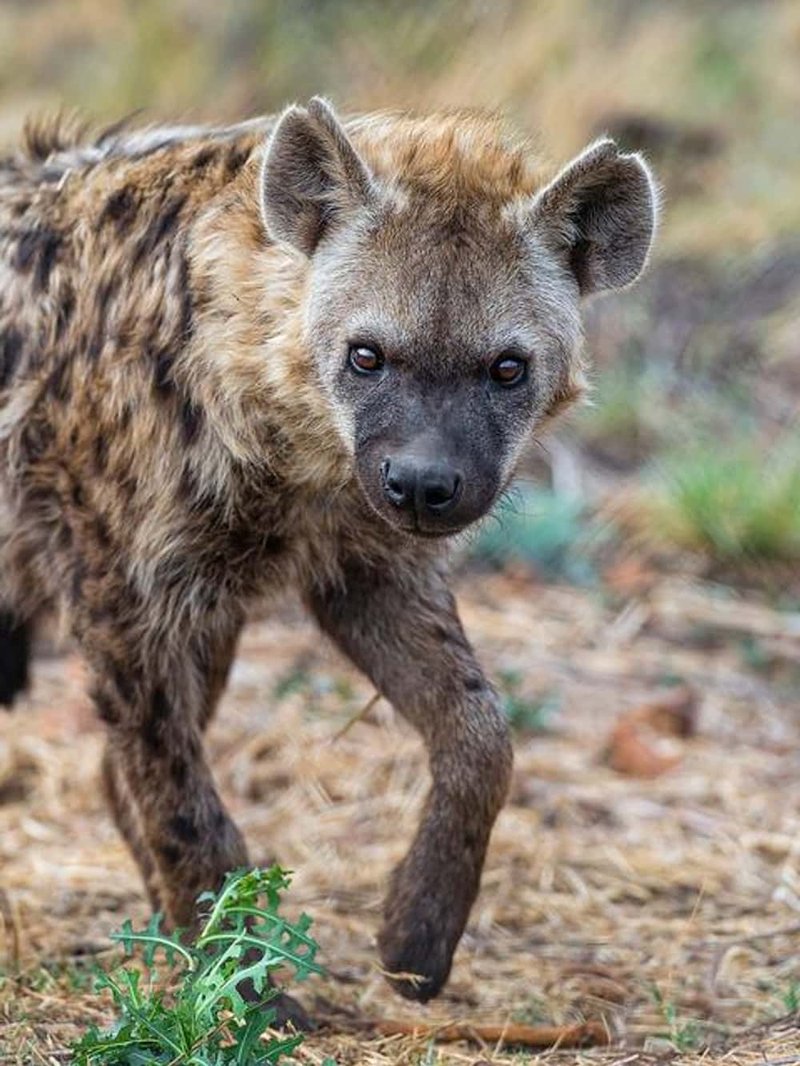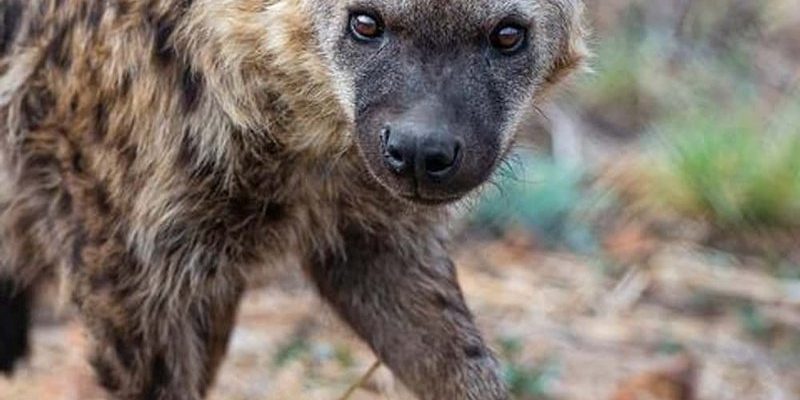
So, can these fascinating creatures pose a threat to humans? As much as they seem like a quirky character in a nature documentary, there are important aspects to consider. Let’s dive deep into the world of hyenas, their behavior, and whether they truly can be dangerous to us.
Understanding Hyena Behavior
Hyenas are often misunderstood. Many people see them as ruthless scavengers, but this view doesn’t capture their intelligence and social structure. They live in groups called clans, which can number from a few individuals to over a hundred. Within these clans, they have a complex social hierarchy. The dominant females usually take control, leading their packs with a mix of strength and cunning.
You might be wondering why this matters in terms of danger. It turns out that their highly social behavior means they can become quite bold, especially if they feel threatened or if their territory is encroached upon by humans. When hyenas feel cornered, they can act unpredictably, leading to potential encounters with people.
Additionally, hyenas are known for their strong jaws and powerful bite, capable of crushing bones. When you think about it, that’s a pretty impressive and somewhat frightening feature. They’re designed to thrive in their environments, scavenging and hunting. Understanding their natural instincts helps us see that they might act aggressively if they feel provoked.
Types of Hyenas
There are four main species of hyenas: the spotted hyena, striped hyena, brown hyena, and the aardwolf. Among them, the spotted hyena is the one most often associated with danger to humans. These guys are larger, more social, and can show surprising aggression when defending their territory.
– Spotted Hyena: Known for their distinctive laughing sounds, they often attack in packs. Their social structure means they’re bold and more likely to confront humans.
– Striped Hyena: Generally more solitary, striped hyenas are less aggressive and tend to scavenge rather than hunt.
– Brown Hyena: Also a scavenger, this species is known for being shy and avoids human interaction whenever possible.
– Aardwolf: This smaller hyena primarily eats insects and poses no threat to humans at all.
Understanding these differences is crucial. While some hyenas might keep their distance from humans, like the brown hyena, others, especially the spotted hyena, can be more assertive and potentially dangerous.
Human Encounters with Hyenas
In parts of Africa, particularly in areas where human settlements encroach on wildlife habitats, encounters with hyenas can become more common. These opportunistic feeders are known to scavenge for food, especially when humans inadvertently leave out scraps. Families living near hyena territories may find themselves in a tricky situation.
For example, if a clan of hyenas senses an easy meal in the form of trash or livestock, their curiosity might lead them closer to human habitation. This isn’t just a harmless visit; if they’re feeling bold and hungry, they might attack pets or livestock. In rare situations, if people are nearby and the hyenas feel threatened, they could retaliate.
It’s essential to recognize that most of the time, hyenas would prefer to avoid humans. Still, as habitats overlap, understanding and respecting their space is vital to preventing dangerous encounters. The key here is to maintain a safe distance and not provoke them.
Are Hyenas Aggressive Towards Humans?
When we discuss if hyenas can be dangerous to humans, we often picture aggression. The reality is a bit more nuanced. Most hyenas are shy and will retreat if they sense humans nearby, but that can change quickly under the right circumstances.
Stressful situations can trigger a defensive or aggressive response. For instance, if a hyena is wounded or if a mother is protecting her cubs, it may lash out. Keep in mind, these animals are predators and have instincts that can lead them to act aggressively if they feel threatened.
Reports of hyena attacks on humans, while not extremely common, do occur. Most attacks happen in areas where hyenas and humans coexist closely. The concern is higher in regions where food sources are limited, and hyenas look for alternative meals, pushing them into human territories.
Preventing Dangerous Encounters
So how can we keep safe and hopefully avoid any unpleasant run-ins with hyenas? Here are some steps to help prevent encounters:
- Secure Your Food: If you live near hyena habitats, always store food securely. Don’t leave trash out, as this can attract them.
- Protect Livestock: Farmers should use sturdy enclosures for livestock to prevent hyenas from accessing them.
- Stay Aware: If you’re hiking or camping in hyena territories, keep an eye out for signs of them in the area, like tracks or droppings.
- Educate Yourself: Understanding hyena behavior can help dispel myths and promote coexistence strategies.
By taking these steps, we can help reduce the chances of conflict between humans and hyenas, allowing us to appreciate these fascinating animals from a safe distance.
How Can We Coexist with Hyenas?
Coexisting with hyenas might seem challenging at first, but it’s entirely possible with a little understanding and respect. One way to foster coexistence is through education. Learning about hyenas, their roles in the ecosystem, and the reasons they behave the way they do can help demystify them.
Wildlife conservation efforts also play a crucial role. When natural habitats are preserved, hyenas have the space they need to thrive, reducing the likelihood of them encroaching on human territory. Supporting initiatives that protect wildlife helps ensure that these animals can live freely without becoming a danger to us.
Lastly, fostering a positive relationship with local communities ensures that everyone understands the importance of coexistence. Teaching others about hyenas can lead to mutual respect and understanding, which can keep both people and animals safe.
So, can hyenas be dangerous to humans? The answer is yes, but more often than not, they prefer to stay out of our way. Understanding their behavior, differences between species, and the factors that lead to aggression can help us appreciate these remarkable animals while keeping ourselves safe.
By taking simple precautions and learning to coexist, we can minimize risks and build a respectful relationship with hyenas and other wildlife. After all, every creature plays a role in our ecosystem, and respecting that balance is crucial for harmony.

